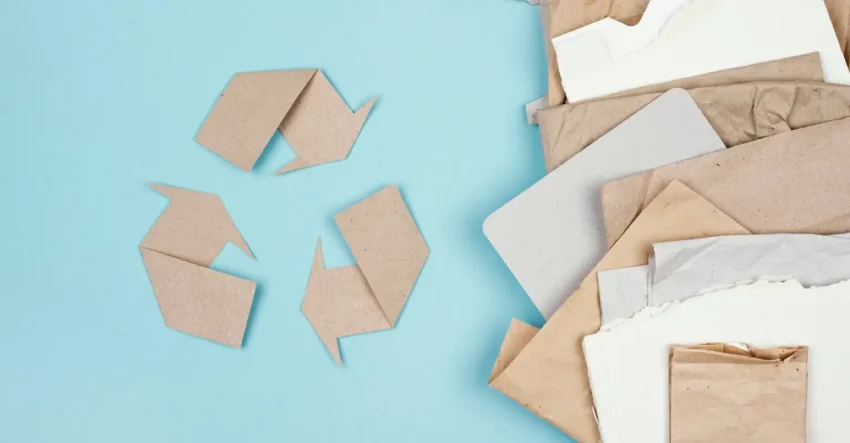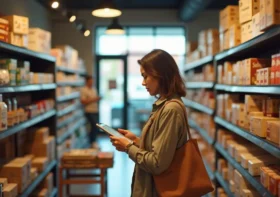Recycling Papers & Cardboards: Everything You Need to Understand

Recycling paper is one of the most sustainable ways of reducing waste that hits the landfills. While paper is biodegradable, it can also be recycled to be used again, reducing the need to cut and process more trees to make paper.
The movement for recycling and waste reduction is gaining momentum, and paper is one of the most common materials ending up in the blue bin. To fully appreciate the recycling of paper, one has to know the journey paper waste takes beyond the recycling bin.
Contents
Understanding the Importance of Cardboard and Paper Recycling
These days, the call for waste management is even louder, as environmental degradation gradually brings us closer to the threat of climate change. Recycling paper and cardboard is a resounding answer, as it can help save trees and reduce deforestation.
This move also conserves water and energy used in paper production. When fewer materials are needed to create new paper, we cut down on greenhouse gas emissions coming from processing plants. Professionals from a paper recycling company in Melbourne add that recycling frees up space in already overcrowded landfills.
Partnering with a paper recycling company ensures that paper waste is properly collected, processed, and transformed into high-quality recycled products. A ton of recycled paper equals 17 trees saved, 26,000 liters of water conserved, and six months’ energy to power an average home.
That’s how much impact paper recycling can have, yet there are still people who throw it away without a second thought.
What Paper Type Can be Recycled
The composition of many paper products has become more complex, and more advanced recycling technology is still being developed. For now, recycling is limited to paper products commonly used in households and offices.
Office paper, printer paper, notebooks (without spirals), envelopes, cardboard boxes, and corrugated cardboard are recyclable materials from offices. Recyclable paper waste from homes includes newspapers, magazines, paper bags, wrapping paper, cereal boxes, and clean and dry food boxes.
Local recycling centers must be checked first to see if they accept greasy pizza boxes, wax-coated or laminated paper, or mixed-material packaging like juice boxes with foil lining. Keeping recyclables clean and dry, as contaminated items can ruin batches of recyclable material.
How the Recycling Process Works
There’s a systematic process that recyclable paper and cardboard go through to be reborn as recycled paper. It starts with the collection of recyclable materials from homes, businesses, and drop-off locations. From collection, recyclables are sorted into different grades of paper and cardboard and then shredded into small pieces, mixed with water, and turned into a pulp.
The pulp is then washed to remove inks, adhesives, and contaminants before being dried and formed into large rolls of recycled paper ready for reuse. This closed-loop process allows paper and cardboard to be reused up to 5-7 times before the fiber breaks down, considerably extending the usage iterations of paper.
Challenges of Paper and Cardboard Recycling
While recycling paper and cardboard offers attractive advantages, it also faces challenges that hinder its efficiency. Contamination is a primary issue, especially if non-recyclable materials are mixed with recyclable ones, as it spoils an entire batch and renders it unsuitable for processing.
The fluctuating market demand for recycled paper also poses a challenge, as a decrease in demand leads to stockpiling of recyclable paper and other materials. Recycling facilities have to struggle to find markets for their products, which affects their efficiency and operations.
Ongoing education on the proper recycling practices and innovations in the recycling industry is needed to address these challenges.
Recycling paper and cardboard may seem insignificant, but it makes a huge difference in global sustainability efforts. The right knowledge and recycling partners are needed for homes and offices to make a considerable environmental impact through waste reduction and saving resources.
So if you’re thinking of throwing your paper and cardboard waste, you might as well sort them and give them a new life by handing them over to recycling experts.



